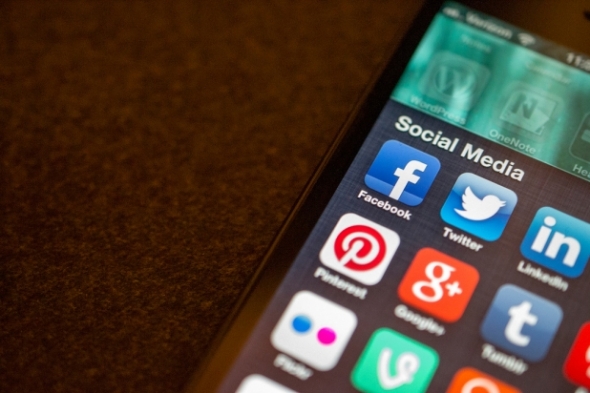Insurance agents have long understood the need to be social as a part of their sales process: the best agents have always been those who build strong relationships with and educate customers, keep in touch and ask for referrals. But new ways of communicating have resulted in new expectations buyers have, such as being able to Google an agent and check out his or her LinkedIn profile before deciding to proceed. This means that insurers need to rethink the sales process and the tools that they provide to their agents, so agents can take full advantage of the power of social media.
The profile information and status updates that more than one billion people share each day on Facebook, Twitter and LinkedIn offer agents incredible insights into what is happening in the lives of current and potential policyholders. These insights signal to agents what types of insurance are needed by the customer and generally allow the agent to build trust through personal connection and personalized service. As a result, agents can now be smarter about when they contact customers and prospects and more directed in their communications, saving agents time and improving business results. Researching prospects on social media and understanding what's happening in their lives ensures that every call will be warm. In the era of social media, the cold call is dead.
The insurance industry has been an early adopter of social technology. While regulated industries, including financial services and insurance, tend to be cautious because of compliance concerns, a study by International Data Corp. found that the insurance industry has actually blazed the trail with social media. Farmers, Nationwide, Thrivent Financial, Northwestern Mutual and other Fortune 500 insurance organizations have instituted forward-thinking initiatives on Facebook, LinkedIn and Twitter that have demonstrated social success that other industries are attempting to replicate.
But it's time for all insurers to move to the second wave with social. In the first wave, many companies rushed to get as many "likes" as possible on their Facebook pages. But research shows that these "likes" have failed to convert into lasting value and tangible return on investment. In the second wave of social, insurers are realizing that they need to focus on results achieved through true engagement and authentic relationships. Just as it has always been, since long before the digital age, developing long-standing relationships is key to building a successful business in the social era.
For insurers, moving on to the second wave means two main things:
First, insurers need to provide unique and relevant content that agents can use on their Facebook, Twitter and LinkedIn feeds. For an agent, sharing relevant content via social channels builds credibility and helps establish them as a trusted expert that their connections will turn to when they need insurance. Marketing departments already know the type of content that resonates with customers and are typically producing professional content used in other online and offline channels. For example, success stories about the value of insurance or financial planning tools are valuable pieces of content for agents to share socially.
Second, insurers must empower the field. As an example, Thrivent Financial, a Hearsay Social client, has hundreds of agents actively managing their own local Facebook pages. As financial experts, Thrivent Financial representatives share value with their close-knit communities by consistently posting relevant content, like IRA calculators and market analyses. In addition, Thrivent reps share personal updates and plan community events, building an authentic social presence while still appropriately representing brand.
Organizations that empower agents to create their own local social-media presences are many times more effective than when the same messages are shared from a corporate page. While having five million fans wins bragging rights for any brand marketer, from the consumer's perspective, it can be much more powerful to hear the story from a local representative that you know and trust.

Savvy chief marketing officers at insurers have done a great job of making a relatively abstract product tangible by creating some of the most interesting and memorable personas in the history of marketing — Mayhem the Allstate villain, Flo the Progressive Girl, Snoopy representing MetLife and the GEICO gecko. For an industry that sells a product you can't hear, see, smell, taste or touch, this is impressive. And the characters can drive social-media strategies, allowing a company to create a social-media asset for a character (e.g., the Facebook page for Mayhem). Getting consumers to "like" the page can provide yet another entry point into the News Feed, increasing engagement for the brand and driving sales. When your local MetLife agent posts a picture of a sleeping Snoopy with the text "TGIF," how can you not click "like"?
While insurers are off to a great start with social marketing, there is so much more that they can do to leverage the power of social media into sales. By coordinating enterprise-wide social selling programs, insurance companies can empower agents to attract more prospects and build stronger relationships, leading the way by selling socially.





